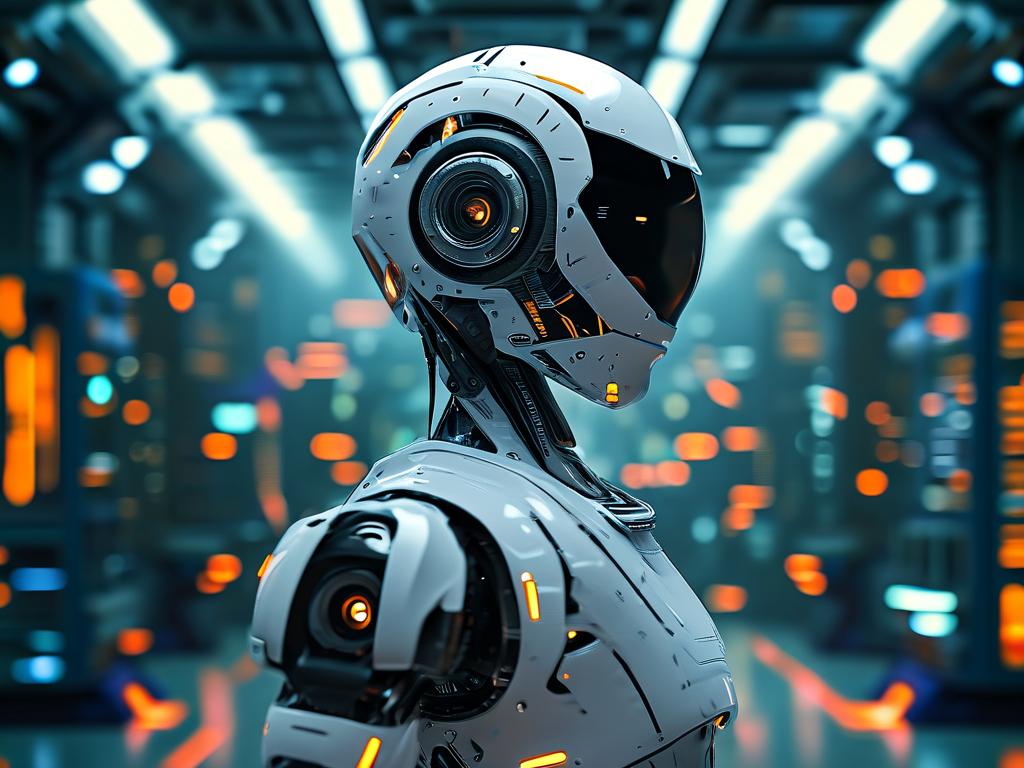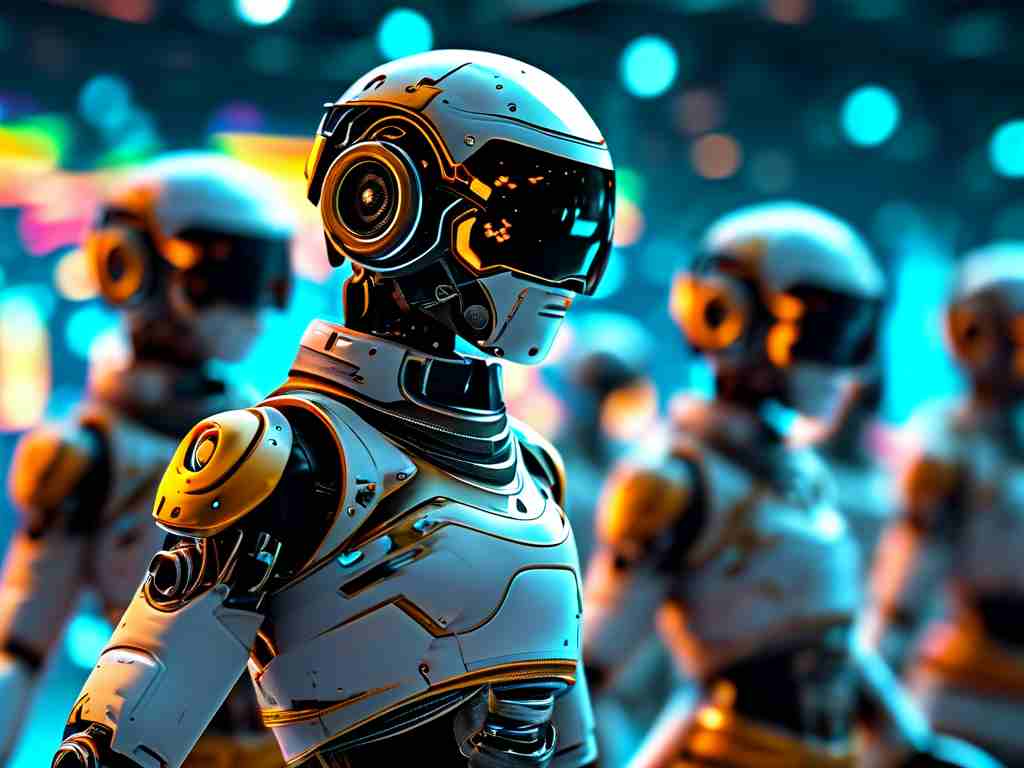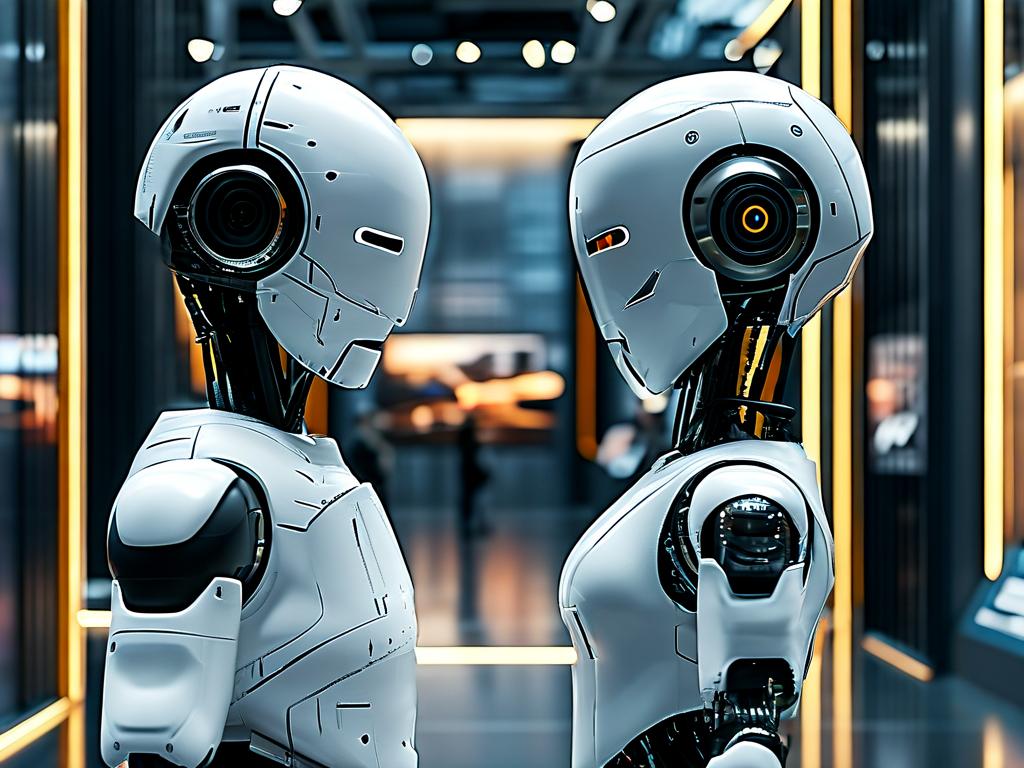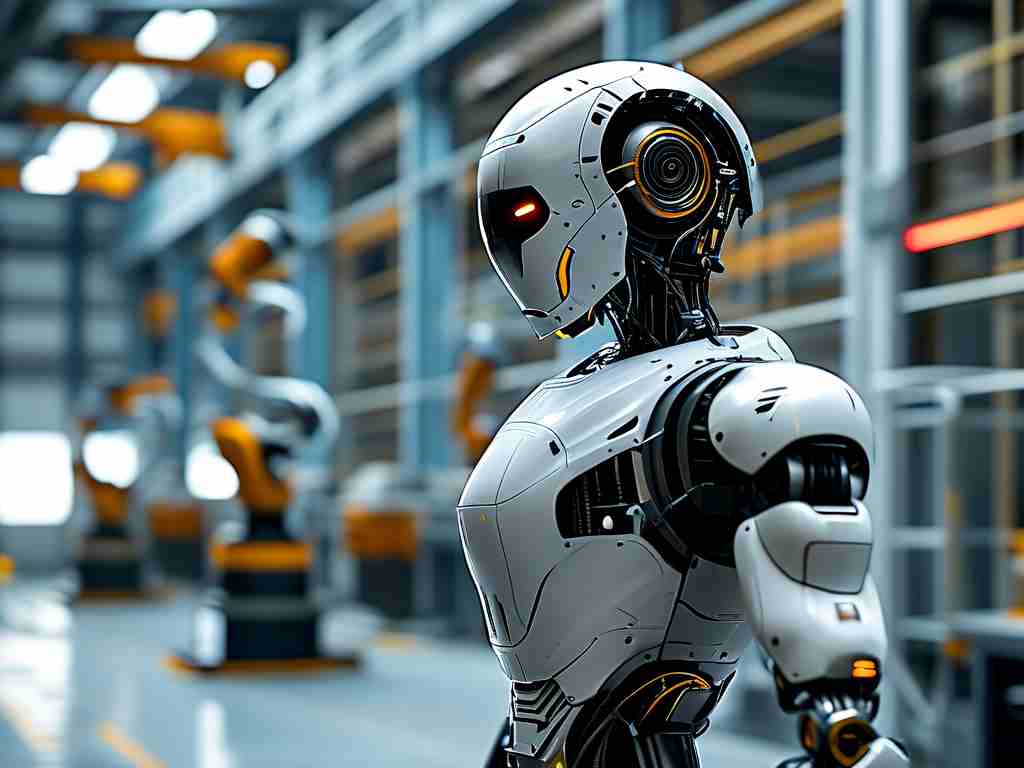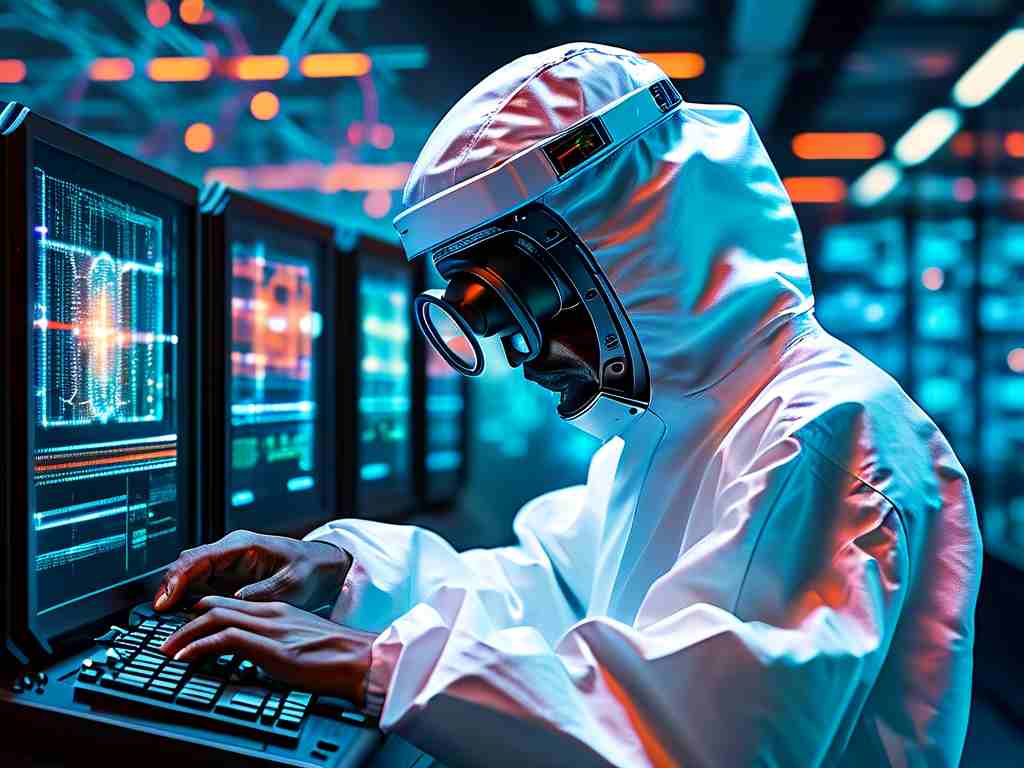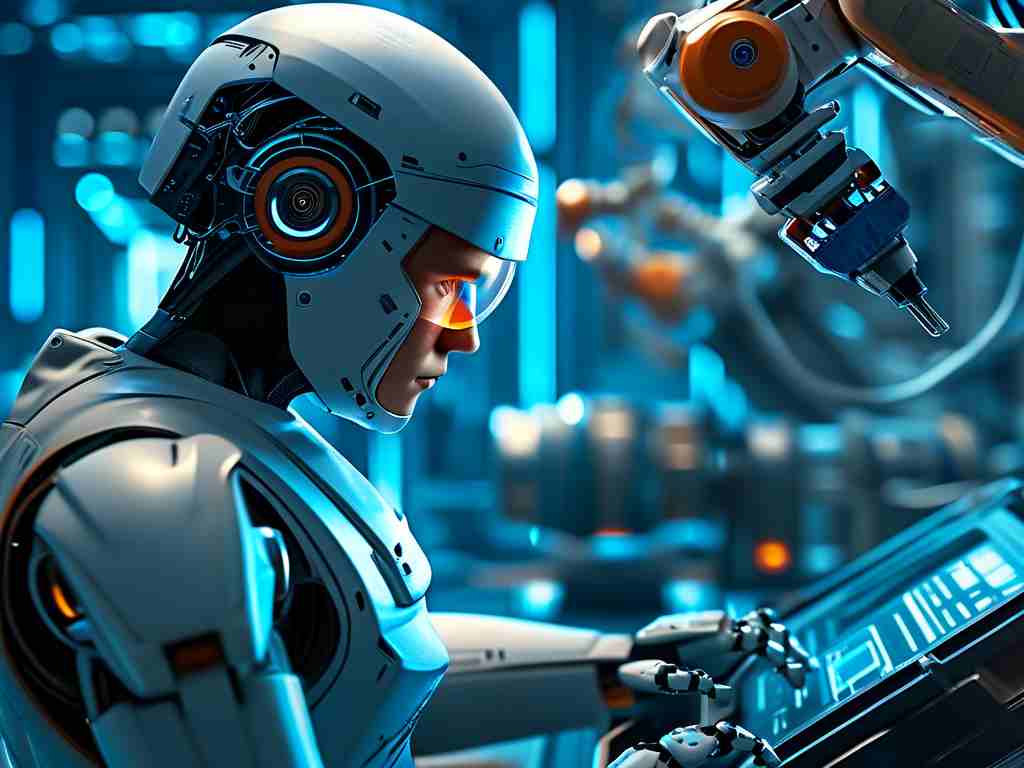In recent years, neural networks have undergone transformative advancements, reshaping industries and redefining the boundaries of artificial intelligence. From healthcare to autonomous systems, the latest developments in neural architectures, training methodologies, and hardware optimization are unlocking unprecedented capabilities. This article explores the most significant breakthroughs in neural network technology, their practical applications, and the ethical considerations they raise.
1. Transformer Architectures Revolutionize Language and Vision Tasks
The rise of transformer-based models, such as GPT-4, Claude, and Vision Transformers (ViTs), has marked a paradigm shift in AI. Unlike traditional convolutional neural networks (CNNs), transformers leverage self-attention mechanisms to process sequential data with unparalleled efficiency. Recent innovations like sparse attention and mixture-of-experts (MoE) architectures have drastically reduced computational costs while maintaining performance. For instance, Google's PaLM-2 achieved a 40% reduction in training energy by optimizing parameter allocation, enabling faster deployment in real-time translation and content generation.
2. Neuromorphic Computing Bridges the Gap Between AI and Biology
Neuromorphic chips, designed to mimic the human brain's neural structure, are addressing the energy inefficiency of conventional GPUs. Intel's Loihi 2 and IBM's NorthPole chips use spiking neural networks (SNNs) to process information in a brain-like manner, consuming 1/100th the power of traditional systems. These chips excel in edge computing applications, such as autonomous drones and wearable health monitors, where low latency and energy efficiency are critical. Researchers at MIT recently demonstrated a neuromorphic system that processes sensory data 10x faster than GPU-based solutions, paving the way for sustainable AI growth.
3. Federated Learning Enhances Privacy and Collaboration
As data privacy regulations tighten, federated learning (FL) has emerged as a game-changer. By training models on decentralized datasets-without transferring raw data-FL ensures compliance with laws like GDPR. NVIDIA's Clara FL framework, for example, enables hospitals worldwide to collaboratively train cancer detection models while keeping patient data local. A 2023 study in Nature Medicine showed FL-trained models outperforming centralized counterparts in diagnosing rare diseases, achieving 92% accuracy compared to 85%.
4. Multimodal Neural Networks Unify Perception and Reasoning
The integration of text, image, and audio processing into unified models is breaking down silos in AI. OpenAI's GPT-4o and Google's Gemini exemplify this trend, combining vision, language, and reasoning into a single framework. These models power applications like real-time video analysis for disaster response and interactive educational tools. For instance, a pilot project in Kenya uses multimodal AI to analyze satellite imagery and soil data, helping farmers predict crop yields with 95% precision.
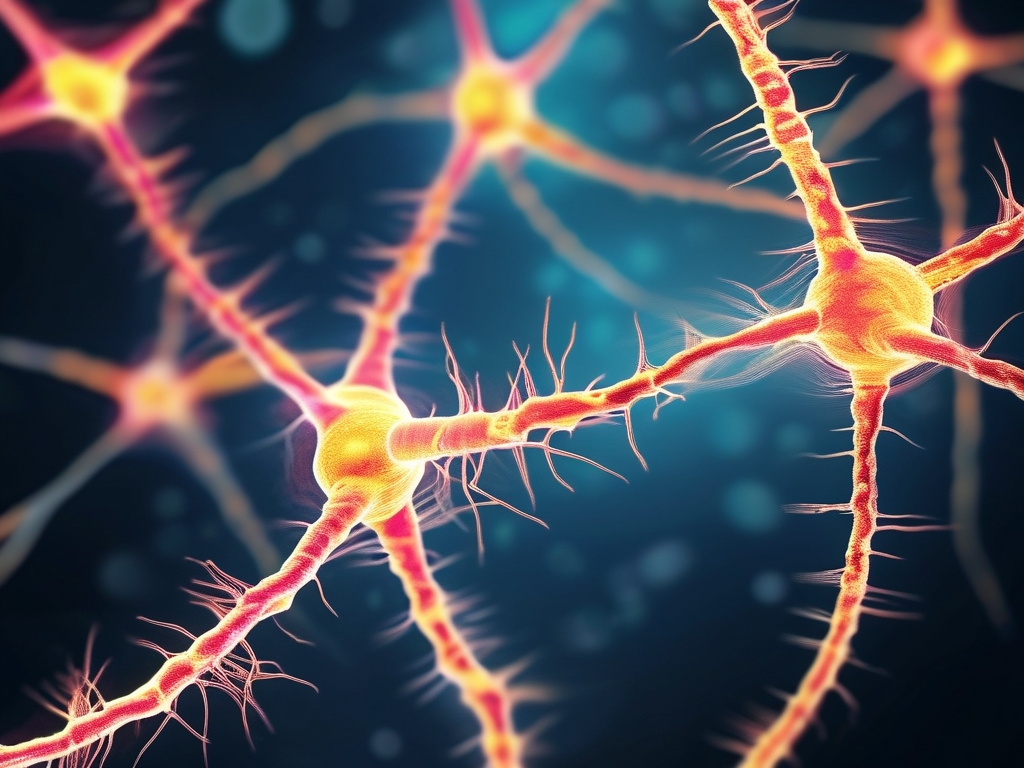
5. Quantum Neural Networks (QNNs) Promise Exponential Speedups
Though still in its infancy, quantum computing is poised to supercharge neural networks. QNNs exploit quantum entanglement and superposition to solve optimization problems intractable for classical systems. In 2023, IBM reported a 1000x speedup in training reinforcement learning models using its 433-qubit Osprey processor. While scalability remains a challenge, early adopters in finance and drug discovery are already experimenting with QNNs for portfolio optimization and molecular modeling.
Ethical and Regulatory Challenges
Despite these advancements, neural networks raise critical ethical questions. Deepfake detection, algorithmic bias, and job displacement demand proactive solutions. The EU's AI Act and the U.S. AI Bill of Rights outline frameworks for accountability, but global coordination lags. Researchers emphasize the need for "explainable AI" (XAI) tools to audit neural decisions, particularly in high-stakes domains like criminal justice.
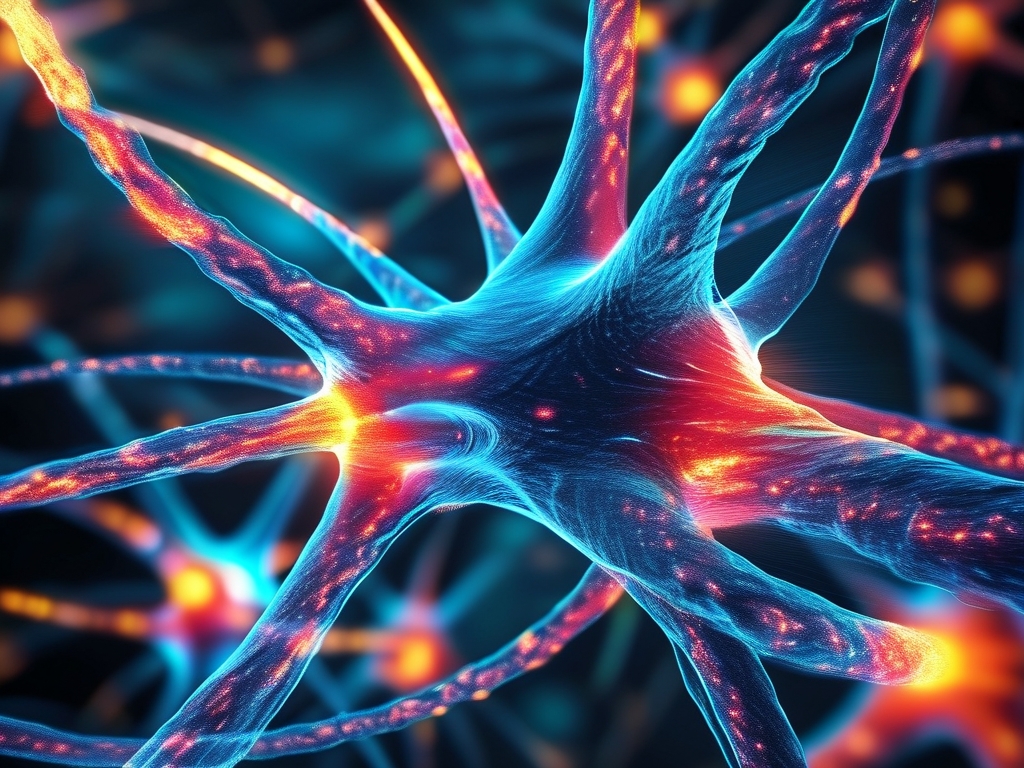
The neural network revolution is accelerating at an exponential pace, driven by interdisciplinary innovations. As these technologies mature, their societal impact will depend on balancing innovation with ethical governance. By fostering collaboration across academia, industry, and policymakers, humanity can harness neural networks to solve grand challenges-from climate modeling to personalized medicine-while mitigating risks. The next decade will undoubtedly witness AI systems that not only think but understand, reshaping our world in ways we are only beginning to imagine.


